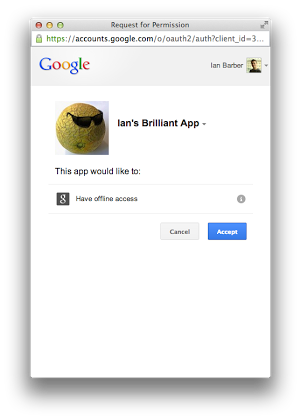Detect whether users have uploaded a profile picture to Google+

Very short post on a small feature that I know will be a popular one with some people! A regular feature request has been the ability to determine whether the profile picture with a Google+ profile is the default blue head or not. You can do that right now with the people.get API calls - and you can try it yourself from that page using the explorer. The change is that under the "image" key you'll see an "isDefault" value. For my user you can see it's false:
"image": {
"url": "https://lh6.googleusercontent.com/.../photo.jpg?sz=50",
"isDefault": false
},But for this blue head user, it's true:"image": {
"url": "https://lh3.googleusercontent.com/.../photo.jpg?sz=50",
"isDefault": true
},Hopefully this should make it easier to determine whether to use the profile picture from Google+ when people sign in to your apps.Client libraries might take some time to be regenerat…




